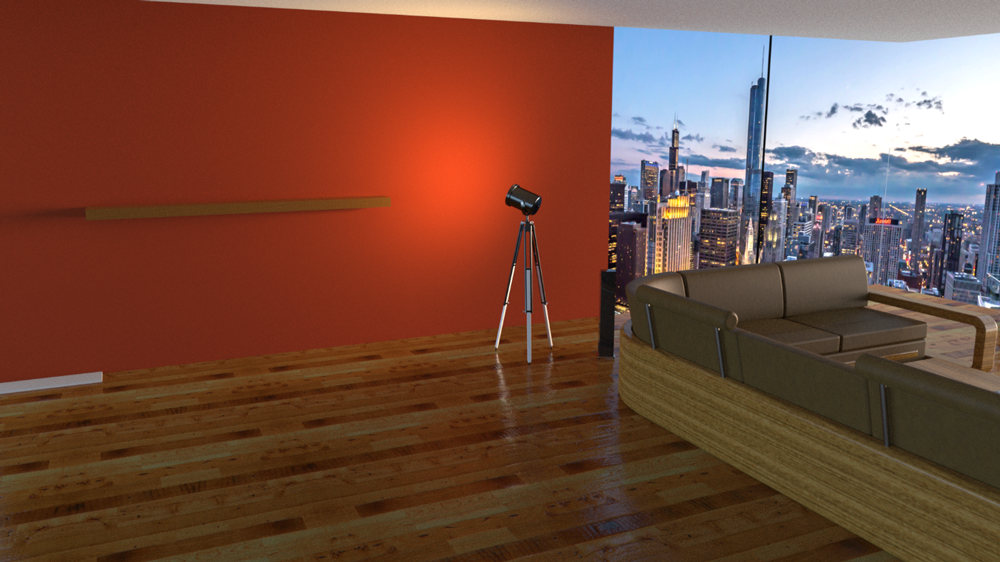



You will see two buttons in the corner near the X. In the top right of your Scenes and Appearances library, you can switch between local files and files on the web. The scene also provides any reflections that can be seen on your model. As a result the look of your model will change. When you drag the appearances into Visualize you will find that it can change the backdrop, as well as the lighting. This menu is much like the Appearances menu, with controls to switch between already applied scenes and your library. Using the Scenes button from the Easy Mode toolbar. Now, having applied appearances, you can have a look at which scene will make your model look best. Visualize will then prompt you when you return.

You can go back to SOLIDWORKS at any time and just use the Update or Save Advanced button, and overwrite your Part/Assembly. If you need to make any changes to your model, like the ones reflected above. You’ll find that some appearances can work within several scenarios. You can also apply Decals, such as a company logo, if you have any in your library.Ī small piece of advice: Choose the appearances which “look right” rather than the correct appearances listed in the categories. Here you can either access your appearances library, or edit already applied appearances.īy dragging appearances onto the model they’ll use the same groupings you set up in SOLIDWORKS. So the next step is to choose ‘Paint’, this will generate a new appearances toolbar. The model is already imported for this render. For new users it will simplify the user interface and show the stages required in SOLIDWORKS to produce a render. If you press the spacebar you can bring up the Easy Mode toolbar. No problem, because they can easily be amended. Once inside Visualize you’ll often find that some of the appearances look good, while others don’t quite cut the mustard. This will export your model, maintaining you current appearances. If you have the Visualize add-in turned on you can move directly from SOLIDWORKS by clicking the ‘Export Advanced’ option. Once the appearances are applied, it’s time to move across to Visualize. SOLIDWORKS has some great tools for applying appearances to different models and it doesn’t really matter what you apply – at this stage it’s all about creating those appearance groups. The workflow shown here can be used across several models and scenarios, so it’s a great starting point for you if you’re just starting out.īefore loading up Visualize, it’s a good idea to open the model up in SOLIDWORKS to apply any initial appearances. Let’s take a look at how to set up SOLIDWORKS Visualize to produce a quick and attractive render.


 0 kommentar(er)
0 kommentar(er)
